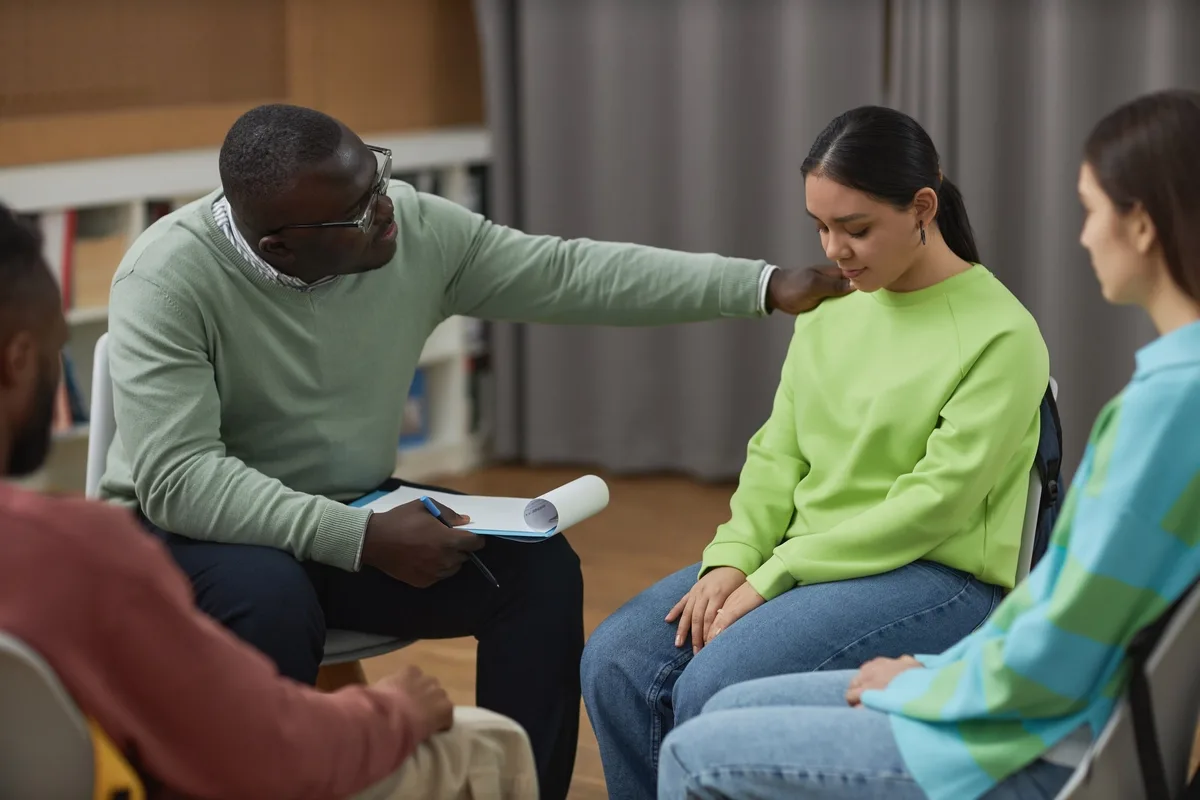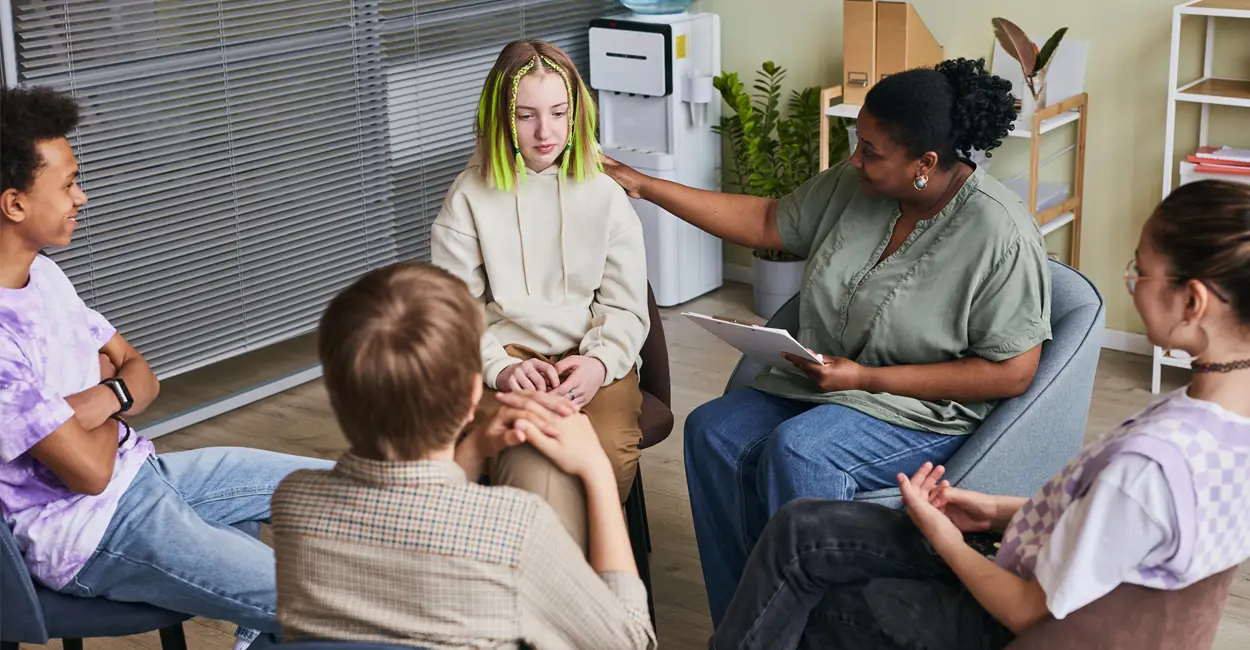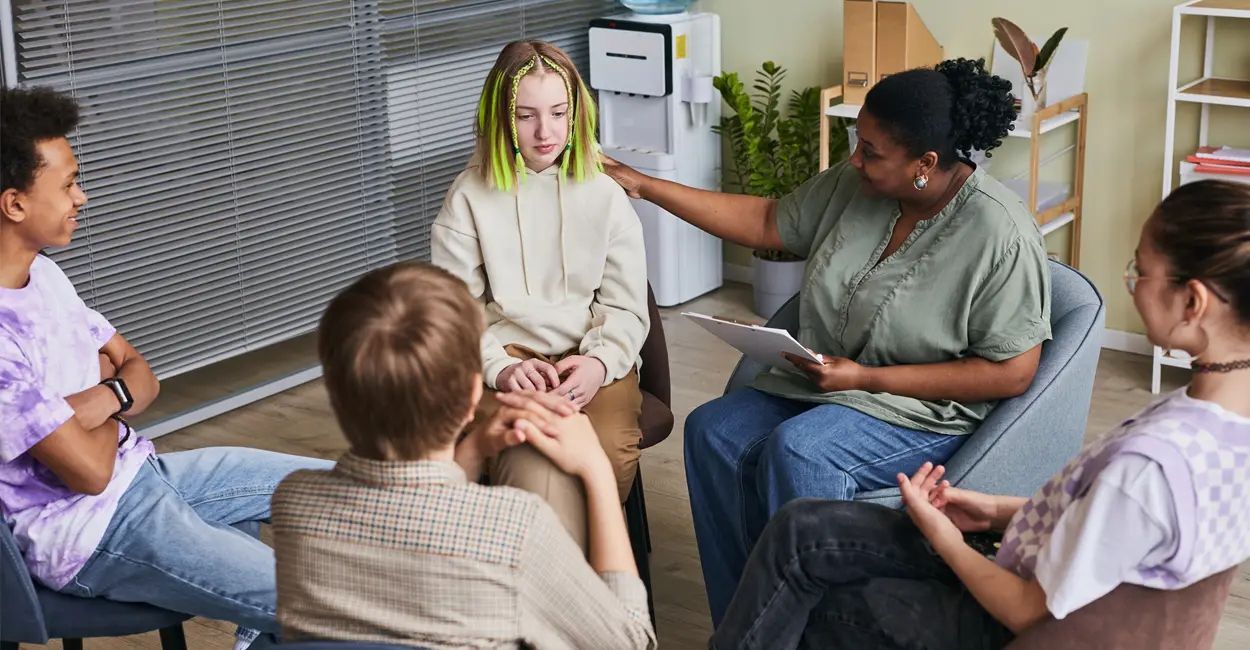24/7 Helpline:
(866) 899-111424/7 Helpline:
(866) 899-1114
Learn more about PTSD Rehab centers in Live Oak
PTSD Rehab in Other Cities

Other Insurance Options

Horizon Healthcare Service

BlueShield

Magellan

Health Choice

Group Health Incorporated

Carleon

WellPoint

PHCS Network

Sliding scale payment assistance

Cigna

Choice Care Network

Ambetter

Evernorth

UMR

UnitedHealth Group

Molina Healthcare

MHNNet Behavioral Health

Excellus

Covered California

WellCare Health Plans

































